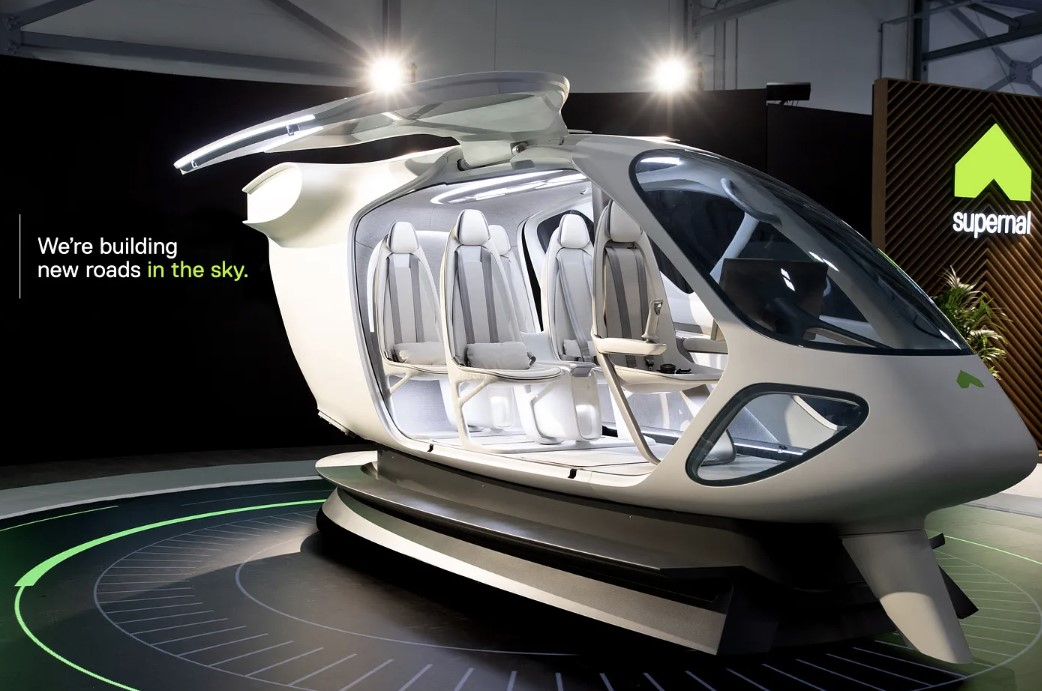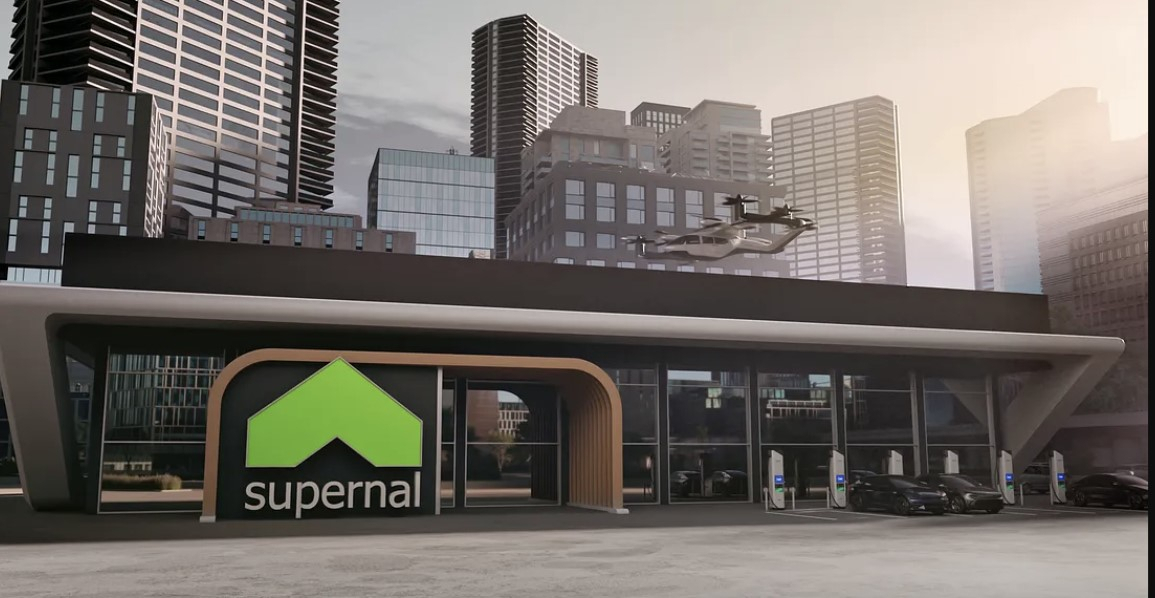[KH Explains] Hyundai Motor aims to open era of flying mobility
Korean auto giant focused on developing advanced air mobility with US unit Supernal
By Kan Hyeong-wooPublished : Jan. 1, 2024 - 17:00

Flying cars have long been a fixture in science fiction movies. For Hyundai Motor Group, the vision of vehicles flying in the air is not just a whimsical idea anymore as the Korean auto giant appears determined to make them a reality in the near future.
Supernal, Hyundai Motor Group’s US-based advanced air mobility company, is gearing up to showcase the life-size concept model of its electric vertical takeoff and landing vehicle, or eVTOL, at CES 2024 to be held at the Las Vegas Convention Center from Jan. 9 to 12. The AAM firm will present its vision and strategies at the world’s largest tech exhibition.
Supernal is also building a vertiport exhibition outside the convention venue to offer visitors a chance to experience what it is like to ride the urban air mobility. Rooted in the word heliport, the term vertiport refers to an area built for eVTOL’s takeoff and landing.
Supernal will present its vision and strategy to establish the ecosystem for AAM at CES including the operation of the eVTOL and potential flight networks and reveal which roles Hyundai Motor Group will play in its future road map.
“Integrating AAM into intermodal transportation -- where multiple modes of transportation are used within a single journey -- will require significant collaboration with municipalities, regulators, local businesses and community members. This is why (Hyundai Motor Group) believes in developing the entire ecosystem before going to market,” said Shin Jai-won, CEO of Supernal, in a press release.
“AAM has the potential to transform communities by enabling efficient intra-city routes, provide access to traditionally underserved and remote locations, and facilitate more seamless journeys overall.”
What has been unveiled about the conglomerate’s plan for AAM is that it will build a plant for eVTOL in the US and commercialize the electric air vehicle that can take one pilot and up to four passengers by 2028. The air vehicle can supposedly fly up to the speed of 190 kilometers per hour. Supernal plans to conduct a pilot flight in December 2024. However, no details about the location or the size of the investment have been disclosed about the eVTOL plant.
The Supernal CEO noted in November that it will take time for the level of battery technology, related infrastructures and regulations to mature, stressing the need for development of batteries, which can take up to 40 percent of the total weight of an eVTOL.

Since establishing Supernal in November 2021, Hyundai Motor Group has invested $920 million in the AAM unit. Supernal has aggressively expanded its presence as it opened three footholds this year alone -- an engineering headquarters in Irvine, California, in July, a policy and commercialization hub in Washington, DC, in August and a primary R&D facility in Fremont, California, in September. According to the Supernal CEO, the number of employees has almost doubled to 600 with most of the talents coming from Boeing, Lockheed Martin and Tesla.
Morgan Stanley has projected that the world’s UAM market will reach over $500 billion in 2030 and jump to about $1 trillion in 2040. It is no wonder that Hyundai Motor Group has set a target to see 30 percent of its total revenue generated from its AAM business in 2030.
Experts pointed out that Hyundai Motor Group’s future air mobility goals may appear a bit lofty for the time being but the attempt to become the first mover and create an ecosystem carries positive implications.
“The road map has to be grand,” said Kim Pil-su, a car engineering professor at Daelim University, referring to the auto giant’s vision to generate 30 percent of its revenue from the AAM sector in 2030.
“While it’s true that (UAM and AAM) is the goose that lays the golden eggs, the target date (for commercialization) has continuously been delayed over and over. The reason is that it will have to make a new transportation method in the air. The level of safety has to be multiple times higher than cars.”
Kim underlined that certification standards and laws will have to be newly implemented as AAM is based on low-altitude flight, which is entirely different from ordinary airplanes.
Lee Ho-geun, a car engineering professor at Daeduk University, said UAM and AAM firms could disclose their levels of technology before each country’s government comes up with laws overseeing UAM so they can act as guidelines for draft regulations.
“It is important for firms to take the initiative to present technologies because governments must consider how far a certain technology can be advanced when planning for future mobility policies,” Lee said.












![[Kim So-hyun] The quiet taxi driver from Paris](http://res.heraldm.com/phpwas/restmb_idxmake.php?idx=644&simg=/content/image/2024/04/25/20240425050891_0.jpg&u=)







